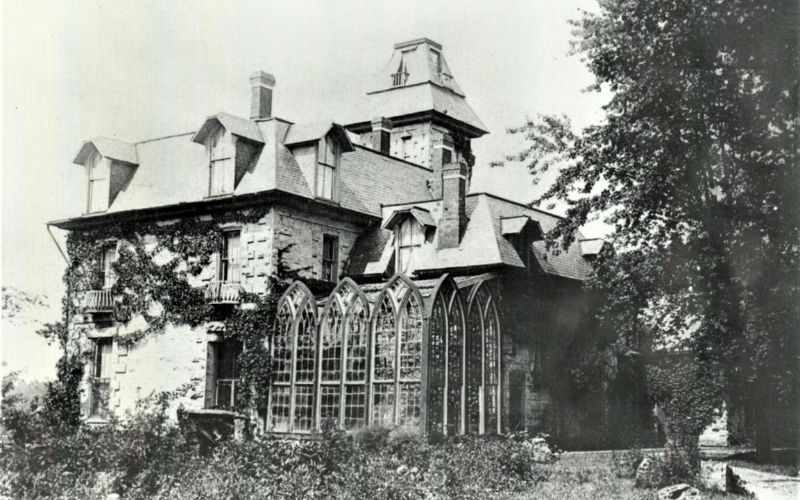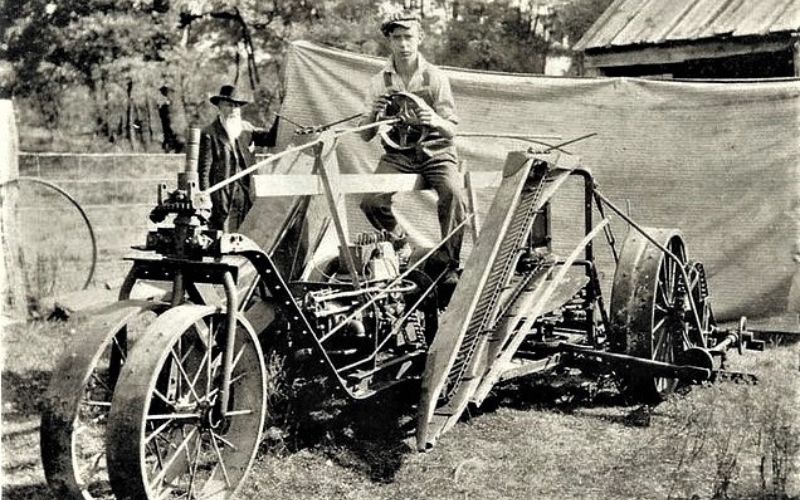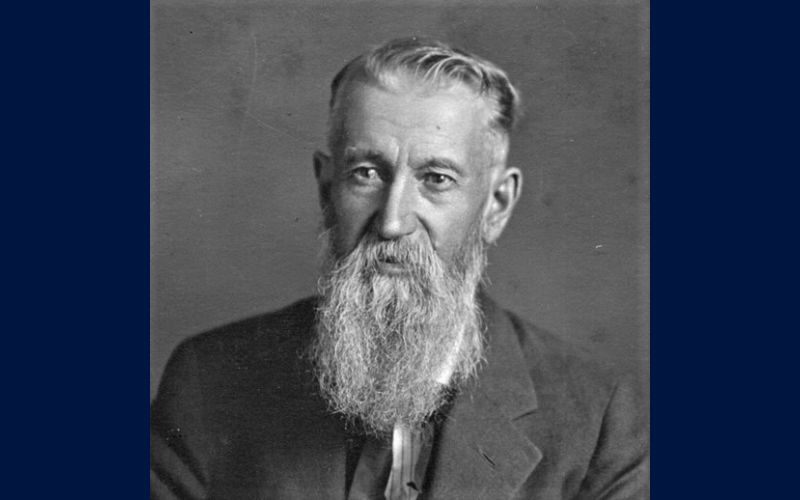By: Mary E. Mortimer
William McCoy Piatt was born in 1846 to Abram and Hannah Piatt near West Liberty, Ohio. The Piatt family had a large farm with a sawmill and gristmill powered by the waters of the Mac-o-chee Creek. Along with farming, and various other pursuits, Abram and his brother, Donn Piatt published the Mac-a-cheek Press newspaper.
William’s mother died in 1861 when he was fifteen years old. A few days later, the Civil War began and his father, uncle, and two older brothers enlisted. William was left at home where he nurtured his interests in mechanics and inventions.
In 1862, panic spread in Cincinnati as Confederate soldiers threatened to reach the Ohio River. Governor David Tod called residents into action. Sixteen-year-old William McCoy Piatt joined almost 16,000 men and boy volunteers. As they marched to Cincinnati wearing an assortment of different clothing and carrying rifles, some said they looked like “squirrel hunters”, hence the name. The Confederate troops never reached the Ohio River, and the volunteers were sent home. In appreciation of their willingness to fight, state legislators and the Governor authorized funds to purchase discharge papers for these would-be soldiers. William proudly displayed his Squirrel Hunters Discharge under a portrait of George Washington at his home.
After the Civil War, Abram Piatt returned home as a General in the Union Army with his new wife, Eleanor Watts. William then helped his father build their family home using limestone that was quarried from a small deposit on the family farm. William assisted local woodworkers in fashioning the Gothic Revival interior. Ten years later, he worked as an architect with his Uncle Donn and Aunt Ella on their nearby limestone home. Everyone was so in awe of the grand homes they started calling them castles. Abram and Eleanor named their home Mac-a-cheek and Donn and Ella’s was named Mac-o-chee.
William married Julia Keagan in 1867. They lived in a rented house with their growing family on his uncle Donn’s 200-acre farm. While Donn was living and working in Washington DC, William served as his agent. Always having an inventive and creative mind, William began designing a grain binder in the 1870s. He received a patent in January 1880. By 1893, he received eight more patents for his grain binder. He also obtained his first patent for a corn harvester in 1892. He continued to make improvements with updated patents in 1893, and 1896, and in 1897, he added a binder.
In July 1904, The Bellefontaine Republican Newspaper ran an article written by William McCoy Piatt about his three latest inventions, a grain binder, a mowing machine, and a rotary engine. William wrote, “These machines are constructed upon true mechanical principles, possessing superior qualities to any machines of these classes yet put upon the market.
The grain binder in a test trial competing with the Champion, McCormick, and Deering binders surpassed them in quality and amount of work. Many witnesses are at hand to attest to this fact. The corn harvester is a machine of late invention and just recently patented. Its advantages over corn harvesters that have been introduced to the public are numerous.
First, the Piatt machine cuts and handles two or three rows of corn while its competitors cut and handle one row, thus doubling the work performed. Secondly, the Piatt machine does not halt binding and eject the formed shock of corn. The competitors stop the machine when the shock is accumulated and require three-fifths of its time to bind by hand and eject the shock. The Piatt machine will harvest three hundred shocks of corn in ten hours of work. The opponent, seventy-five shocks is their best record.
The new mowing machine, patented on the 3rd of May 1904, is pronounced to be the best mower yet granted a patent by the US Patent Office, as said by the official examiner. The Piatt mower is a horizontal or vertical cut with a flexible shoe, rendering it unnecessary to disengage the sickle, no matter at what angle the finger bar is held, horizontal or vertical.
In addition to the harvesting machines, I have perfected and patented a rotary engine, adapted to propel road carriages. This engine may be associated with the manufacture of the foregoing inventions.” William updated the corn harvester with a patent in 1913 and made it motor-driven in 1916.
On November 28, 1918, the West Liberty Banner featured a photo of the Piatt Corn Harvester with a motor-driven center draft on the front page. The machine could be seen at the Piatt Machine Shop. William would continue perfecting his farm machinery inventions and received over 30 patents for farm implements, harvesters, and binders. However, none of his inventions were ever manufactured on a large scale.
Abram Piatt passed away in 1908 and William inherited the family home. In 1912, the home was opened to the public by William. At that time, he had amassed a large collection of artifacts and interesting objects. In 1915, William purchased a large hand-carved cabinet made of walnut and poplar for his curiosities so he could share them with visitors to the castle. The next year, he published a “Souvenir Book of Mac-a-cheek Castle”. The Cabinet of Curiosities can still be seen at the Mac-A-Cheek Castle.
William McCoy Piatt passed away in March 1927. His love of the Piatt home at Mac-A-Cheek was the start of the Piatt Castles being one of the major tourist attractions in the State of Ohio. In 2019, the Mac-O-Chee Castle was sold to private investors. The Mac-A-Cheek Castle is still owned and operated by the Piatt family. Visit piattcastle.org for more information on visiting the Mac-A-Cheek Piatt Castle.
Information from The Cabinet of Curiosities at Mac-A-Cheek by Andrew Richmond, Bradley T. Lepper, and Margaret Piatt, and the History Center Archives.
Visit the Logan County History Center to learn more interesting aspects of Logan County history.
The History Center is open for tours Wednesday – Sunday from 1:00 pm to 4:00 pm.


















